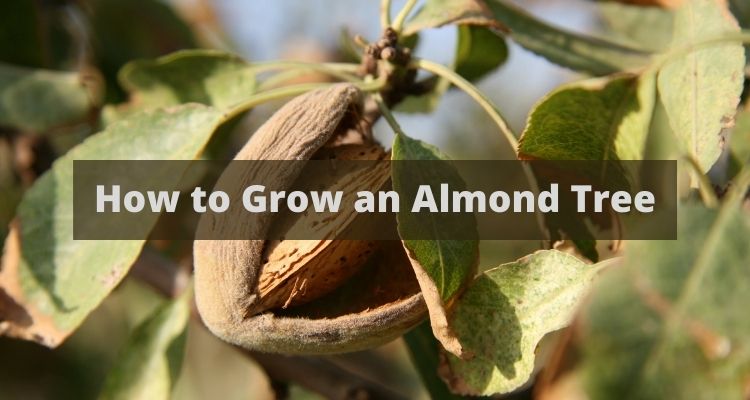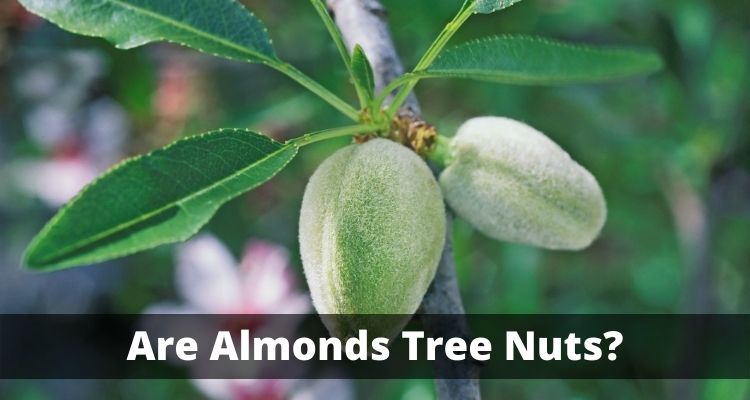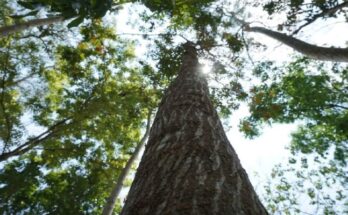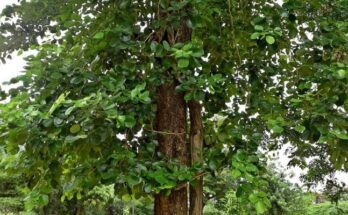|
Getting your Trinity Audio player ready...
|
Information About Almond Tree Blossoms
When growing almond trees, it is important to know that trees cannot bear too wet soil and are highly susceptible to spring frosts. They thrive in mild, humid winters and hot, dry summers in full sun. If your area is not within these parameters, an almond tree is unlikely to produce fruit. In addition, very few almond tree varieties are self-pollinating and require cross-pollination for fruit production, so you need to plant a minimum of two trees. If there is limited space, you can even plant two in the same hole where the trees will grow together and intertwine so the flowers can cross and pollinate.
Almond trees have deep roots and should be planted in deep, fertile, well-drained sandy loam soil. Almond trees should be planted 19 to 25 feet distant and watered, even if the trees are desiccation patients. These trees have a high need for nitrogen and phosphorus. To plant the almond tree, dig a wider hole than it is deep, making sure the roots easily fit into the depth of the hole, then water them thoroughly. You may need to stake the sapling if you live in a windy area, but remove the stakes after about a year for the tree to grow correctly.
Almond Tree Scientific Classification
| Classification Types | Classification Status |
| Scientific Name | Prunus dulcis |
| Species | P. Amygdalus |
| Subgenus | Prunus subg. Amygdalus |
| Family | Rosaceae |
| Kingdom | Plantae |
How to Grow an Almond Tree

Growing an almond tree requires an initial investment of time and resources.
1. Choose a Sunny Spot
Almond trees need enough space to grow as they can get up to 30 feet tall. Almond trees need full sun and well-drained clay soil to thrive.
Prepare Your Sapling: Preparing your almond tree for success begins before it’s even in the ground. First, spray the root ball of the young tree with a garden hose to make sure it is hydrated and the roots are in good contact with the soil.
If you’ve purchased a bare-root or containerized tree, dig a hole deep enough to match the depth your tree was planted at the nursery, probably 18-24 inches. To ensure your spot is deep enough, carefully set the plant in and press the taproot firmly against the ground. If the base stays over the top of the hole, don’t push it any deeper. The taproot is tender and can be easily damaged by aggressive treatment or pruning.
2. Plant Your Tree
Put your sapling in the center of the hole and fill it with well-drained soil. Tamp down the ground to remove excess air as it serves. Water your sapling with at least one liter of water. Put a layer of mulch around the base of the tree to help hold in soil moisture.
3. Prune the Small Branches
Cut off the small branches near the base of the tree. Young trees need pruning to focus all of their growth on the trunk and branches.
Have Patience: The dormant phase of the almond tree takes about five years from the seedling to the fruit formation. So don’t worry if you don’t see nuts on your tree for the first few years.
Almonds are enjoyed on many occasions and places! From whole almonds to sliced as well as almond flour, oil, butter, milk, and many more almonds are incredibly versatile, satisfying, and packed with powerful nutrition supporting healthy and diverse diets all over the world.
Where do Almond Trees Grow?

Almond trees are inherent to the Middle East and thrive in a Mediterranean climate. Its ideal growing area is one with hot, dry summers with lots of sun. They enjoy rainy wintertime but are much sensitive to blight, which is why California is the most big-hearted almond yielder in the United States. Texas, Arizona, and Florida are other popular places for almond trees.
With 80% of the global supply, California almonds reach almond lovers in over 90 countries globally. And the biggest almond lovers are here in the United States, where over 30% of the almonds grown in California are eaten each year.
Flowering Almond Trees

The flowering almond tree is a reasonably resilient variety. This Prunus can be planted in full sun, partial sun, or shade in various soils, except overly saturated conditions. The ground cover or mulch bed is recommended as the tree cannot withstand damage from mechanical injuries or other loads. The flowering almond tree is a proponent of pruning, whether for training purposes or richer flowering.
It can even tolerate heavy pruning, making it a great potted plant to be shaped into bonsai. However, pruning flowering almond trees is not necessary to maintain the tree’s structure but can be used to restrict unruly branches or maintain pedestrian access. For example, branches can be cut in early spring and then forced to bloom by placing them around the house for stunning flower arrangements.
Are Almonds Tree Nuts?

Almond trees relate to the same family as peach trees. Although almonds are generally thought of as nuts, technically, they are a stone fruit called a stone fruit. Stone fruits are fruits that consist of an outer shell and a hard shell that contains a seed. Other common stone fruits are peaches, cherries, and olives. While other stone fruits typically have the seed discarded, almonds are different in that the roots are the only edible part of the almond nut.



